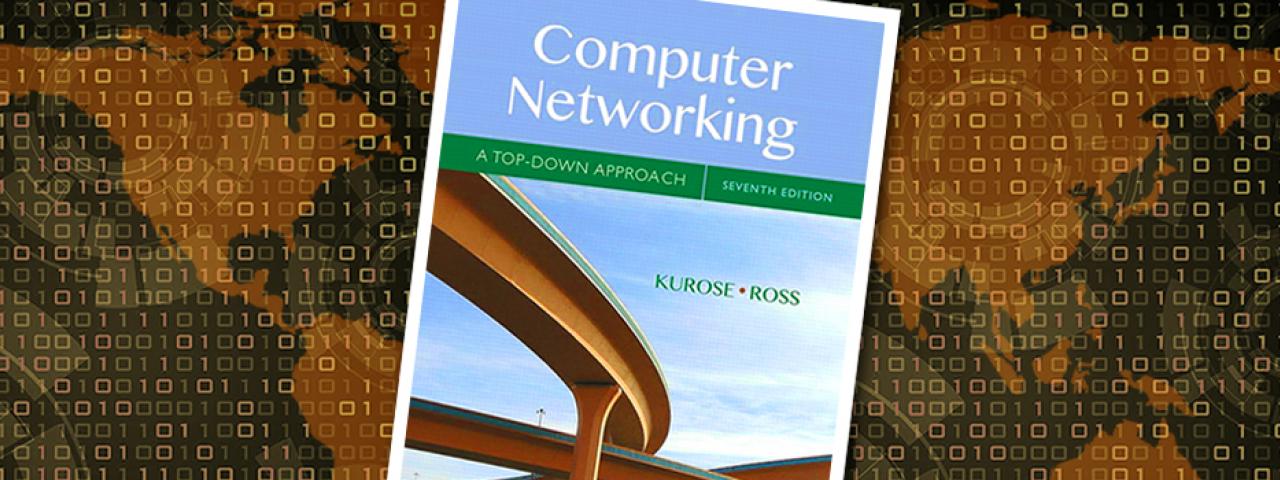The Textbook that Teaches the Internet

Is it possible to grasp how the vast and diverse Internet works? Yes, says NYU Shanghai Dean of Engineering and Computer Science Keith Ross, who recently published the 7th edition of Computer Networking: A Top-Down Approach, recognised worldwide as the most popular textbook in the field of Computer Science. You can also study it in French, Spanish, German, Italian, Portuguese, Dutch, Greek, Polish, Russian, Chinese, Korean, Japanese, or Turkish, if you want.
Your textbook has achieved great popularity. What made the difference?
Up until the late 1990s, there were many different computer networks with vastly different designs. Most of the existing textbooks tried to cover all of the designs, and gave relatively little attention to the Internet. In the late 1990s, my co-author and I recognized that the Internet was in the process of not only becoming the dominant network, but also central to our work, education, and recreation. In a nutshell, the book became popular because:
It focused on the Internet, while also addressing the fundamental concepts and design issues in computer networks
Gave crystal-clear explanations of complex concepts and about how the Internet works
Included supplementary materials, including challenging homework problems, online animations of key concepts, hands on wireshark and programming labs, and so on.
How is your book contributing to the evolution of the Internet?
Over the past 15 years, perhaps more than any other technological advance, the Internet has transformed the way we work, study, play, date, and socialize. Today’s Internet is arguably the largest engineered system ever created by mankind with hundreds of millions of connected computers, communication links, and switches; with billions of users who connect via laptops, tablets, and smartphones; and with an array of new Internet-connected “things” including game consoles, surveillance systems, watches, eyeglasses, thermostats, body scales, and cars. Given that the book has been read by many tens of thousands of students (who eventually became practitioners) since 2000, we would like to think the book has made a substantial contribution to how the Internet has rapidly developed and transformed our lives.
What has changed in the industry since you first published Computer Networking in 2000?
Wireless Internet access, on-demand video distribution (e.g., Youtube and Netflix), wireless video, voice and video chatting over the Internet, malware distributed via the Internet, and social media... none of the above were around circa 2000.
What was the most challenging aspect of writing this current edition?
This is getting a little technical, but the Internet infrastructure is going through a major re-design using "software defined networking." The major challenge was revising the text in the context of this new, major development in networking.
What’s it like being an author of the most popular computer networking textbook in the world?
The most wonderful thing is that my co-author and I frequently receive messages about the book from students and professors all over the world. Sometimes it's errata; sometimes it's a question about the content or the homework problems; and often it is simply praise, which is very gratifying to hear!
What is your hope for those who pick up this book?
My hope is that after reading it - and doing the homework problems and hands-on lab exercises - they will have a deep understanding of how the Internet works, and contribute to taking the Internet to the next level.
Any future projects?
Biggest current project is NYU Shanghai!



 沪公网安备31011502017015号
沪公网安备31011502017015号